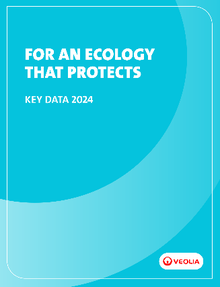
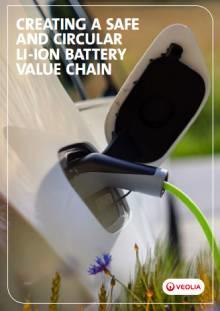
Creating a safe and circular Li-Ion battery value chain
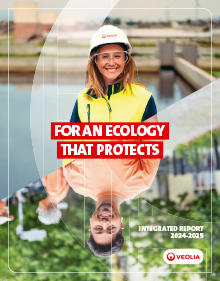
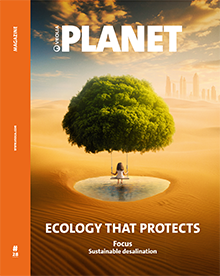
Ecology that protects
Focus: Sustainable desalination | Planet Magazine #28
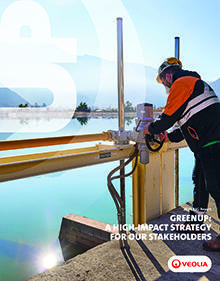
2024 ESG Report
GreenUp: a high-impact strategy for our stakeholders.
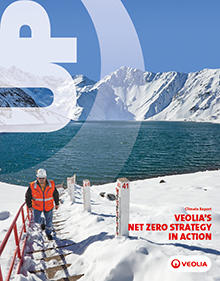
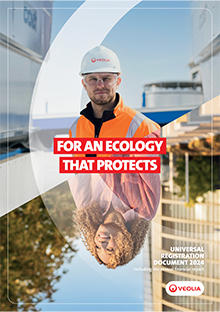
Universal registration document 2024
Download the 2024 universal registration document including the annual financial report.
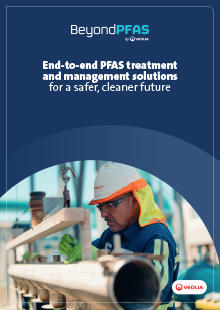
End-to-end PFAS treatment and management solutions for a safer, cleaner future
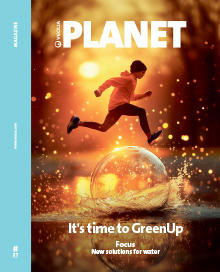
It's time to GreenUp
Focus: New solutions for water | Planet Magazine #27
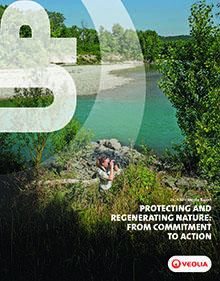
2024 Biodiversity Report
PROTECTING AND REGENERATING NATURE: FROM COMMITMENT TO ACTION


